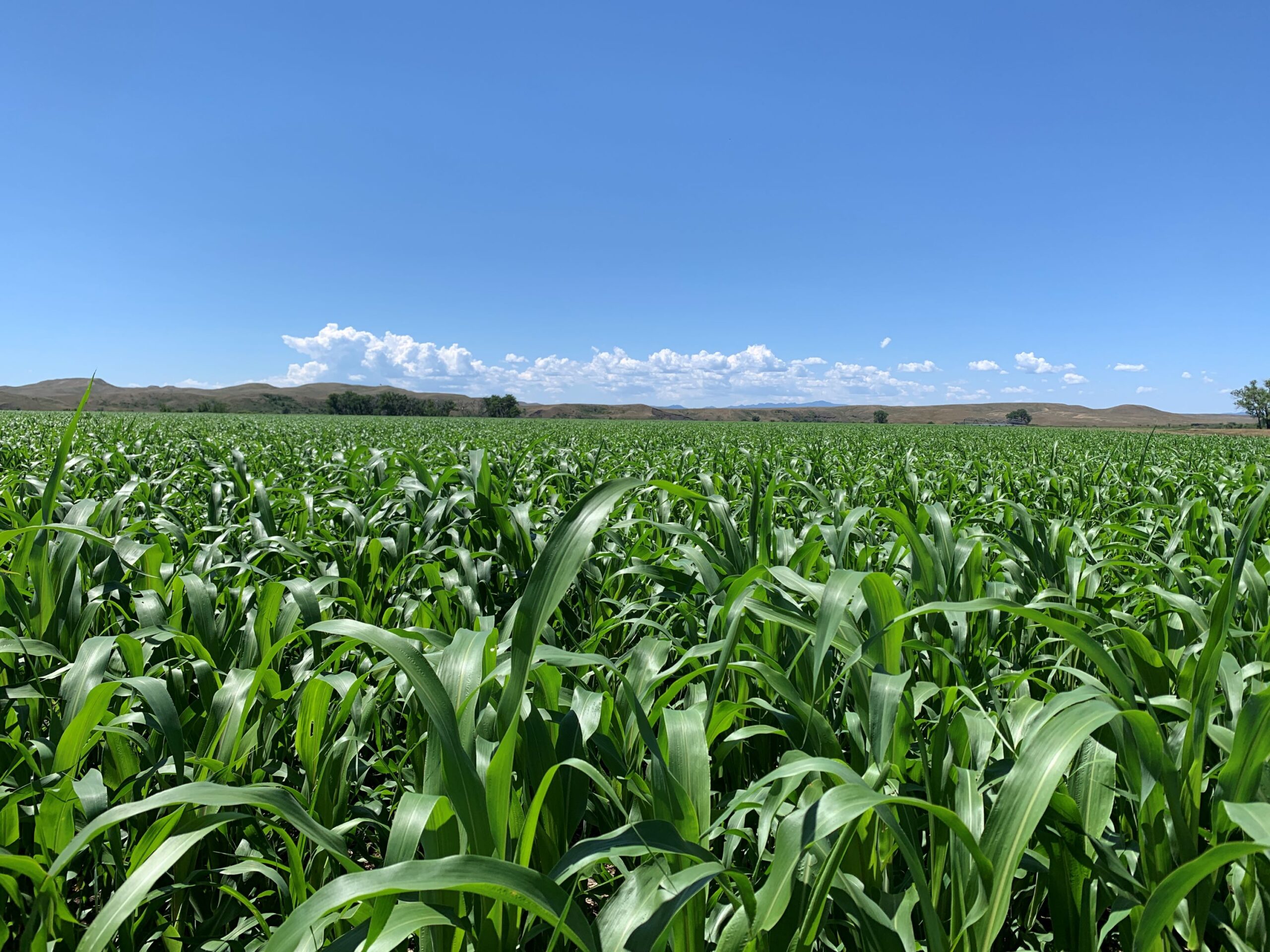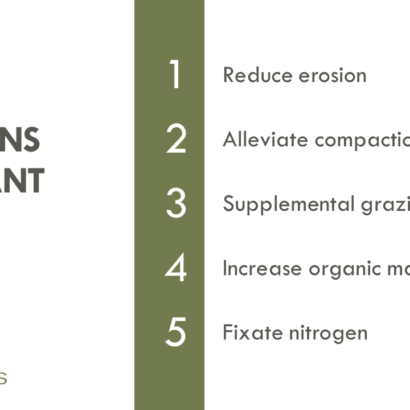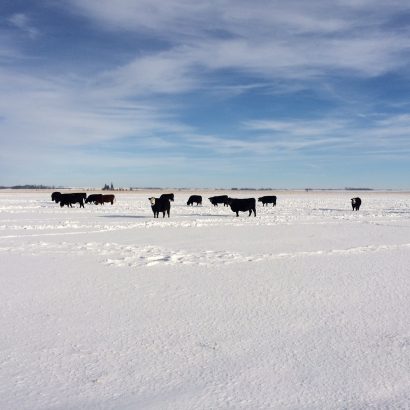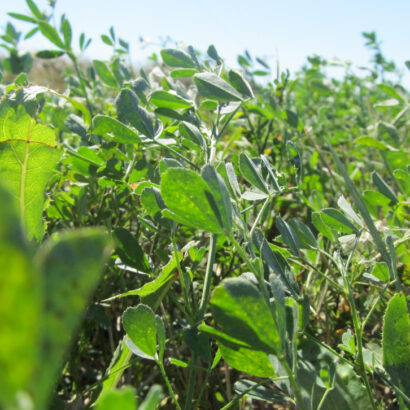The summer season is here, cows are on autopilot at pasture, and we are in summer mode, watching crops grow and making feed. However, with the summer season comes inclement weather season. Whether it’s a flood, hail, tornado or a derecho, every year there are crop fields destroyed. This is catastrophic, but it seems to be a part of farming, so let’s try to understand how to find a silver lining in a bad situation.
Warm season annual forage crops have been termed as “emergency feed crops.” This class of forages loves heat, is drought tolerant, and has flexibility of use. I think it is easiest to break down these species by harvest method, so think of it like this: millet for hay, forage sorghum for silage, and sorghum sudangrass for any use.
There are quite a few types of millet, so we’ll break them down by a single-cut or multi-cut. Foxtail type millets are a single-cut, and they include German, White Wonder, and Siberian for varieties. German is a 60-day maturing, drought tolerant millet that tends be very consistent for production each year. White Wonder will be a bit taller and have slightly better feed quality but won’t have quite the drought tolerance. The fastest maturing millet is Siberian, but it will be shorter statured and lower yielding. These can be planted through the month of July and still have the potential to yield 2-3 tons of dry matter per acre.
Pearl and Japanese millet are the two multi-cut millet options. Pearl is the best choice for the highest yielding millet with the best feed quality potential. It tillers extremely well and has a higher leaf to stem ratio than any other millet. Japanese should be placed on your flooded out acres where the soils are alkaline and the ground stays mucky. It won’t make great quality hay, but it’ll make high yields and grow where others struggle.
Forage sorghum should be planted on your acres where corn failed. It’ll tolerate many of the herbicides that were applied for your corn crop and it loves that same fertility program. This is the go-to for a silage crop, so plant it in a wide row and make sure you have a growing season left for it to properly mature. Most will need a minimum of 85 days to reach their maturity. There is potential to put up 15-20 tons of silage, and the feed quality will be slightly higher in crude protein, when compared to corn silage.
Sorghum sudangrass varieties are hybrids that can be chopped, hayed, or grazed. These fit in between a millet and forage sorghum for stem thickness and days to maturity, but they also have great tillering ability for re-growth options. If you have enough harvested feed but have acres available to plant that can be grazed, I’d use a BMR sorghum sudangrass to create additional fall/winter grazing.
Planting anything back on acres that had a cash crop requires you to watch herbicide residuals. For the most part, there is an option for most fields depending on the pre-emerge herbicide program. These emergency feed options can build a massive amount of feed inventory in a short window on acres that otherwise would sit idle. If you unfortunately find your farms in a bad weather situation, here is hope to make some feed!




